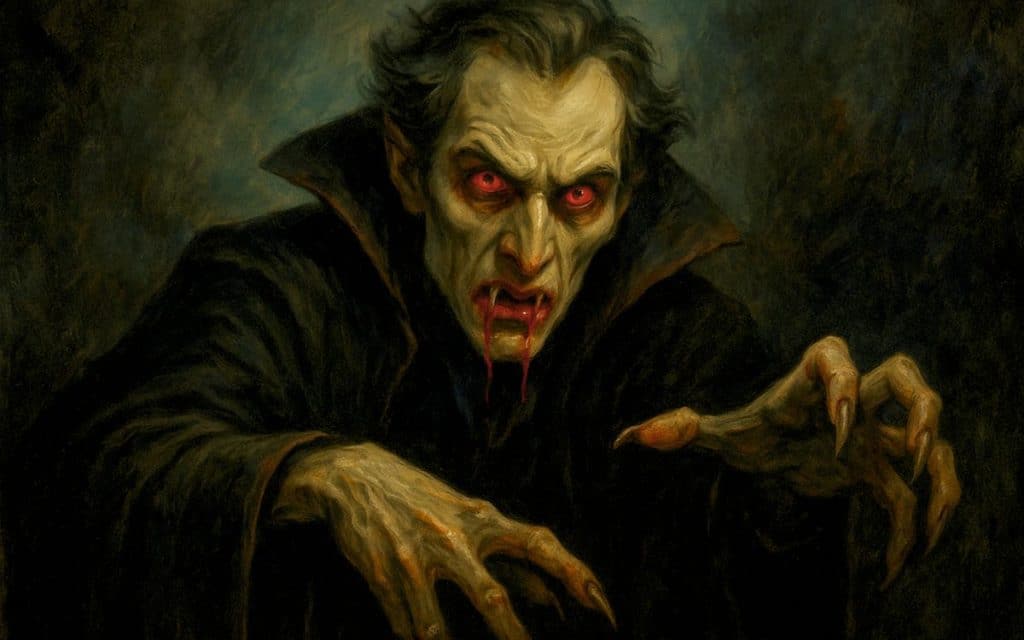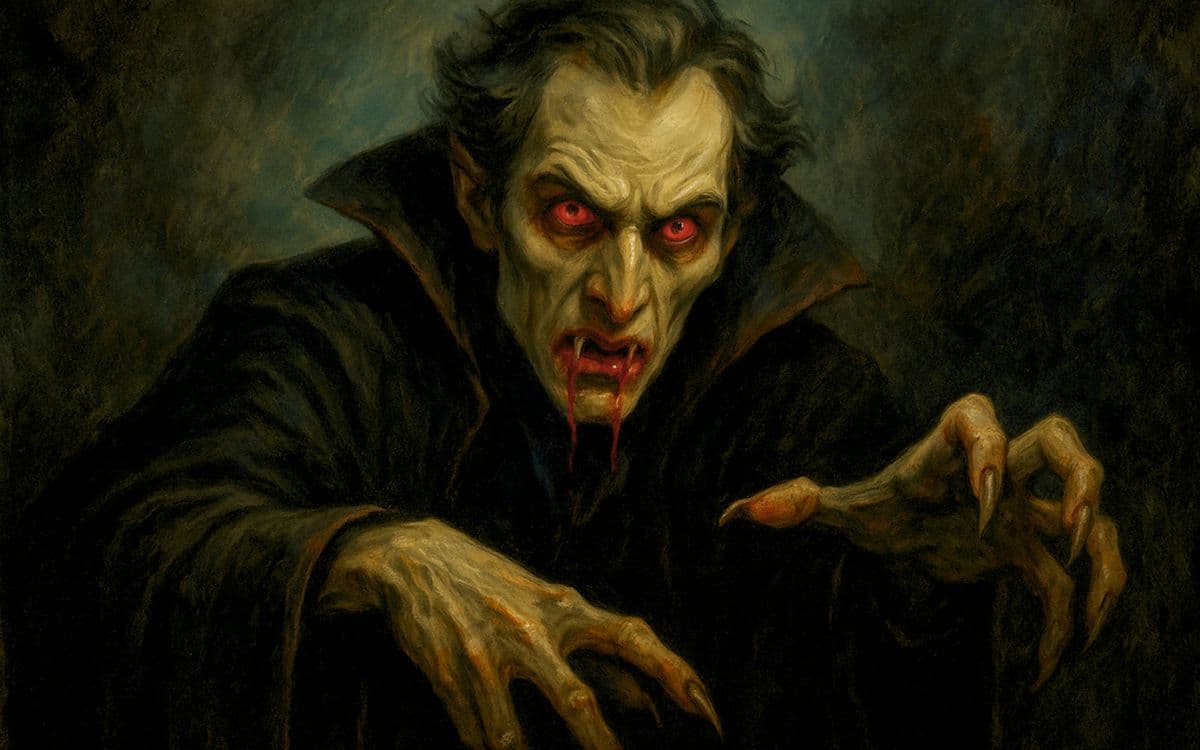The Vampyre by John Staag is a chilling poem of love, death, and the supernatural, which masterfully embodies the essence of Gothic Horror, writes WILLIAM BOVE

I am terribly excited to review The Vampyre by English poet John Staag (1770–1823) – not to be confused with the story of the same name by John Polidori, who was Lord Byron’s private physician.
Staag’s poem is saturated with the delicious themes so intrinsic to Gothic Horror and Gothic Romance: the mysterious, the grotesque, the desolate. You’ll also find the genre’s staples – love, true love, death, the supernatural, and the elements of nature – all richly woven throughout the work.
These latter themes are my personal favourites and appear frequently in my own writing.
Like many poems of its kind, The Vampyre wastes no time in plunging into its central horror. Yet it never rushes the reader. It takes its time to build theme, tone, and mood, using symbolism and vivid imagery to lead us gently—and chillingly—into the darkness.
The poem opens with a mysterious illness that strikes Herman, our tragic protagonist. His wife, Gertrude, can do nothing but watch as her husband weakens night after night.
Herman’s skin grows cold. His body, once strong, diminishes with every stanza. The blush of life flees his face like a frightened child. His soul ebbs away, swallowed by the night.
Darkness plays a dual role here – as a literal setting and as symbolic descent into horror. Herman’s illness thrives after sunset. As the nights grow longer, his vitality fades.
Gertrude can only hold vigil, helpless, as Herman inches closer to death. In his final hours, he confides in her: he is being visited by a childhood friend, Sigismund – long since dead, but now returned.
Death, it seems, is no match for the appetites of the undead.
Herman reveals that Sigismund visits nightly to drain him of his life’s blood. The true nature of the illness is exposed. Sigismund is a vampire. And neither Herman nor Gertrude can stop him.
In his fevered sleep, Herman describes a trance-like state, likening it to death itself. While the world lies in slumber, Sigismund slips from his tomb and haunts him.
Thus, Herman is robbed not only of life, but of peace in dying.
The grotesque reveals itself in both Herman’s deteriorating body and the ravenous acts of Sigismund. Desolation takes hold as Herman faces death alone, despite Gertrude’s love and presence.
He is forced into a terrible isolation, a liminal space between life and death, preyed upon by a phantom friend turned predator.
We are made to bear witness to Herman’s solitude and the stealing of his very soul.
“From the drear mansions of the tomb, from the low regions of the dead,
The ghost of Sigismund doth roam, And dreadful haunts me in my bed!
There vested in infernal guise, (by means to me not understood,)
Close to my side the goblin lies, And drinks away my vital blood!”
These lines form the turning point of the poem. Sigismund ceases to be a mournful ghost. He becomes a creature of horror—rising from his grave to prey on the living. The realisation strikes with cold dread.
And Gertrude can only watch.
“Sucks from my veins the streaming life, and drains the fountain of my heart!”
There can be no doubt. Sigismund is a vampire.
Herman gives Gertrude grim instructions to protect herself. He tells her that once he dies, he will rise again and come for her. To prevent this, she must pierce his heart with a javelin – ensuring he will never rise again.
Here the themes of love, death, and sacrifice become starkly intertwined.
Shortly after the supernatural reveals itself, natural remedies are proposed: a javelin, and eventually, the wooden stake.
On the night of his death, a plan is made. Gertrude will wait. As Herman draws his final breath, she must light a lantern and expose the monster.
And so she does.
“Indignant roll’d his ireful eyes, That gleam’d with wild horrific stare;
And fix’d a moment with surprise, Beheld aghast th’enlight’ning glare.
His jaws cadaverous were besmear’d with clott’d carnage o’er and o’er,
And all his horrid whole appear’d distent and filled with human gore!”
A grotesque vision unfolds. Sigismund, glutted on blood, monstrous and primal, stands revealed. His bloated, dripping form becomes the stuff of Gothic legend.
It is the stew of horror itself—a feast for the imagination and a triumph of Gothic storytelling.
“With hideous scowl the spectre fled; she shriek’d aloud; then swoon’d away!
The hapless Herman in his bed, All pale, a lifeless body lay!”
After Herman’s funeral, the final act unfolds. Gertrude and the others enter the tomb and drive wooden stakes through the hearts of both Sigismund and Herman. Only then is peace restored.
Fun fact: In his early years, John Staag lost his sight in an accident, earning him the nickname “the blind bard.” The Vampyre is his most celebrated work.
What did you think of this article about The Vampyre? Have you read other Gothic Horror poems that haunted you as deeply? Tell us in the comments!



